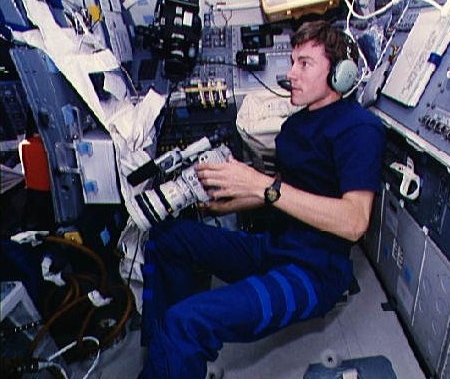Commerce increases sanctions on Russia impacting space commerce and trade
The Commerce Department last month announced that is increasing the level of sanctions against trade with Russia because it had determined that country had violated international law by using chemical weapons against specific dissidents both in and out of Russia.
On March 4, 2018, the Russia Government deployed a Novichok nerve agent in an attack against former Russian military officer Sergei Skripal and his daughter Yulia Skripal in the United Kingdom. In response, the U.S. Government imposed two sets of sanctions against Russia pursuant to the Chemical and Biological Weapons Control and Warfare Elimination Act of 1991 (CBW Act) in August 2018 and August 2019.
On August 20, 2020, the Russian Government again deployed a Novichok nerve agent, this time against Russian opposition figure Aleksey Navalny, warranting a new determination by the Secretary of State and additional sanctions under the CBW Act.
While this ruling will have a negative impact on any space-related U.S./Russian activities, the full ruling specifically included these waivers:
» Read more
The Commerce Department last month announced that is increasing the level of sanctions against trade with Russia because it had determined that country had violated international law by using chemical weapons against specific dissidents both in and out of Russia.
On March 4, 2018, the Russia Government deployed a Novichok nerve agent in an attack against former Russian military officer Sergei Skripal and his daughter Yulia Skripal in the United Kingdom. In response, the U.S. Government imposed two sets of sanctions against Russia pursuant to the Chemical and Biological Weapons Control and Warfare Elimination Act of 1991 (CBW Act) in August 2018 and August 2019.
On August 20, 2020, the Russian Government again deployed a Novichok nerve agent, this time against Russian opposition figure Aleksey Navalny, warranting a new determination by the Secretary of State and additional sanctions under the CBW Act.
While this ruling will have a negative impact on any space-related U.S./Russian activities, the full ruling specifically included these waivers:
» Read more

